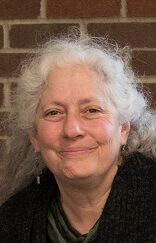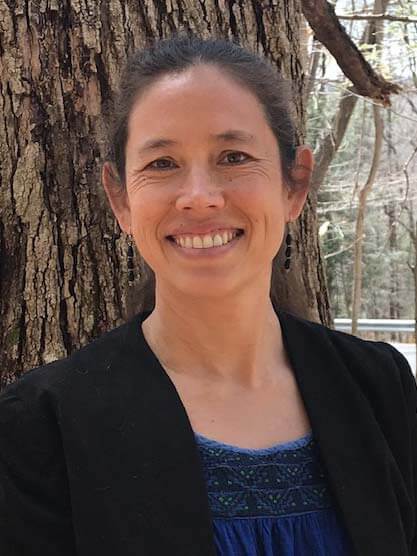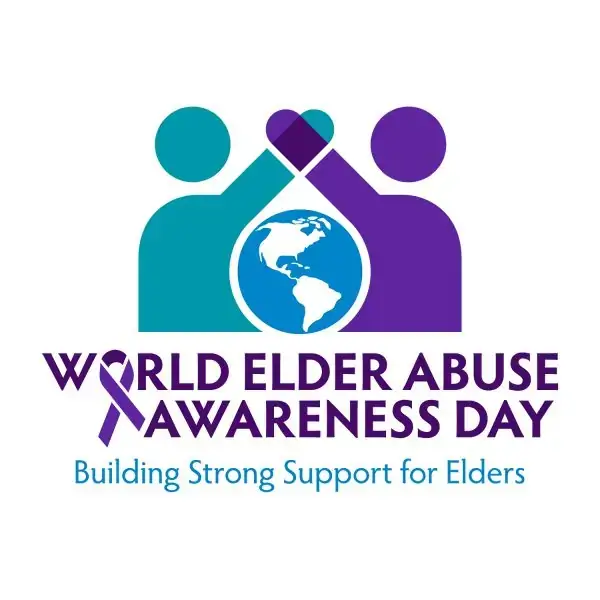Join a Free Healthy Living Class this Summer
The Cost of Inactivity
For those of us with chronic conditions, being physically active and exercising are two of the best things we can do to improve health.
In the Time Magazine article “The New Science of Exercise,” Dr. Mark Tarnopolsky says, “the most effective, potent way that we can improve quality of life and duration of life is exercise.” Dr. Topolsky and a team studied mice with a terrible genetic disease that caused them to age prematurely. Over the course of five months, half of the mice were sedentary. The other half were coaxed to run three times a week on a miniature treadmill. By the end of the study, the sedentary mice were barely hanging on. The fur that had yet to fall out had grown coarse and gray, muscles shriveled, hearts weakened, skin thinned—even the mice’s hearing got worse. “They were shivering in the corner, about to die,” Tarnopolsky says. But the group of mice that exercised, genetically compromised though they were, were nearly indistinguishable from healthy mice. Their coats were sleek and black, they ran around their cages, they could even reproduce. “We almost completely prevented the premature aging in the animals,” Tarnopolsky reported.
What Exercise Can Do
Physical activity and exercise have been shown to help our cardiovascular system, elevate our mood, and improve our heart, lungs, and blood vessels. They improve muscle strength no matter how old we are, as well as our endurance, stamina, and flexibility. They help us lose weight and sleep better, have more energy, and have less fatigue, pain, anxiety, and depression. They improve our balance and coordination which help prevent falls. In contrast, people with low levels of physical activity are at higher risk for many different kinds of cancer, as well as heart disease, Alzheimer’s disease, and early death by any cause. Long before that, inactivity can worsen arthritis symptoms, increase lower-back pain, and lead to depression and anxiety—not to mention cause a sallow complexion. Many symptoms often attributed to “aging” are actually due to inactivity.
![]()
Kinds of Exercise
We are advised to include four types of exercises in our routines that all play a part in bringing us these health benefits.
Endurance or Aerobic Activities (walking, hiking, swimming, or dancing), for a suggested total of 150 minutes a week, increase your heart rate and strengthen your cardiovascular system.
Balance Activities help to challenge our balance, maintain good posture, and involve coordination and movement exercises.
Strengthening Activities, done 2-3 times per week, make your muscles stronger by working them harder, usually against resistance (weights, resistance bands, or even your own body weight).
Flexibility Activities, ideally done every day, are movements, done slowly, that stretch or loosen muscles and joints. Yoga is a common example of this type of activity.
Remember that these are goals to work toward; they are not the starting point. Even a few minutes of activity several times a day is a good beginning. We urge you to create your own program or take advantage of the array of free or low-cost exercise programs available at our area senior centers and the area YMCAs (Greenfield YMCA: 413-773-3646, Athol YMCA: 978-249-3305), Springfield College’s PT Department: email ptmobilityclinic@springfieldcollege.edu or call 413-748-3475), or the array of virtual exercise offerings online. Ask us at LifePath or your medical provider about area resources. What matters is that you choose some form of exercise and make it a habit. The best exercise is the one that you will do!!!
LifePath’s Healthy Living Summer Workshops!
In the Healthy Living Department at LifePath, our workshops teach about exercise and provide support from others in a similar situation to overcome our barriers to getting started. These evidence-based workshops provide information and practical skills for people living with long-term health conditions to better manage our health and improve the quality of our lives. Here are the workshops we are offering this summer.
◻ Living Well with Long-Term Health Conditions (Live Video Conference): Topics include healthy eating, relaxation techniques, communicating, goal-setting, problem solving, and more. Fridays, June 10-July 29 (skipping July 1), 9:30 a.m.-12:00 p.m.
◻ A Matter of Balance–Managing Concerns About Falls (In-Person at Elm Terrace, 1 Elm Terrace, Greenfield, MA): Teaches practical strategies to reduce the fear of falling and explores medical, behavioral and environmental risk factors for falls, stressing the importance of developing an exercise plan. Mondays, June 6-August 1 (skipping July 4), 1:00 p.m.-3:00 p.m.
◻ Living Well with Persistent Pain (Live Video Conference): Helps participants assume an active role in managing problems specific to chronic pain, including fatigue, frustration, and poor sleep. Topics include appropriate exercise for improving strength, flexibility, and endurance; pain management techniques; goal-setting; and problem solving. Wednesdays, June 8-July 20, 1:00 p.m.-3:30 p.m.
◻ Living Well with Diabetes (Live Video Conference and Telephone Toolkit): Teaches the basics of balancing medication, diet, and exercise; techniques to deal with hyper/hypoglycemia; meal planning; stress reduction; goal setting; problem solving; and more for people living with diabetes or their caregivers.
Live Video Conference Workshop: Tuesdays, July 5-Aug 16, 5:30 p.m.-8:00 p.m.
Telephone Toolkit Workshop: Thursdays, June 9-July 23, 1:00 p.m.-2:30 p.m.
For more information or to register, contact: Andi Waisman, Healthy Living Program Manager, at 413-773-5555, x2297/978-544-2259, x2297 or awaisman@LifePathMA.org






